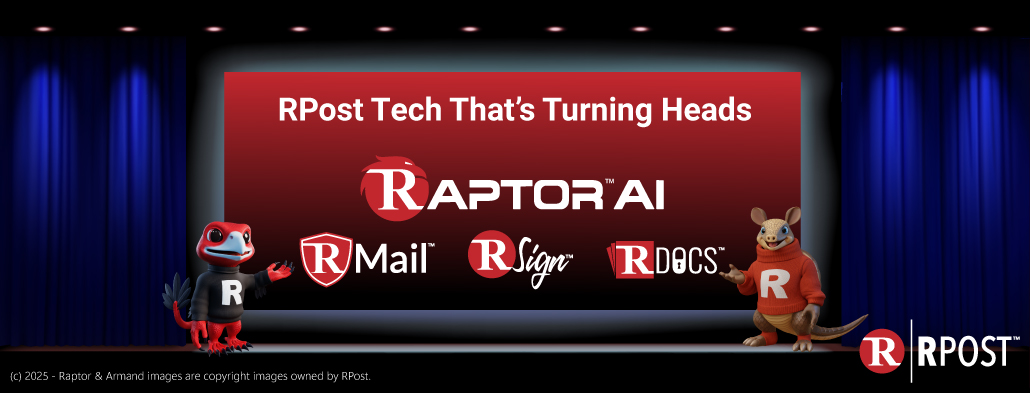
With ‘real’ conferences now moving virtual, many will experience a variety of experimental formats. Tech Essentials heard overwhelming praise for Optimize!2020 eSign & E-Security, the global RMail & RSign user conference (the conference center, by the way, has been kept open by popular request – click here to enter). We thought we would share five insights gathered from organizers and attendees.
1. Replicate the successful mega-conference in-person format: Years of refinement have created a successful mega-conference format (i.e. short-form, rapid-fire main stage panels with expert details in break-out sessions). The goal of the main stage sessions is to provide sound-bite insights and direction for people to get more detail in the breakouts.
2. More importance of concurrent sessions that capture individualized interests: At a physical conference, there is some inertia if the session gets dull. You have to embarrassingly walk out of the room to leave the session. In a virtual setting, exiting is just one click away. Concurrent (virtual) sessions let people leave the (virtual) main stage and, instead of awkwardly exiting, they can “pop their head” into multiple other (virtual) sessions to explore with a few clicks — with the benefit of not interrupting the presenters or other participants. This helps captivate attendees throughout the conference.
3. Importance of elegantly visually communicating the virtual conference center, which acts as a center point for conference navigation: People will always get lost, but with live chat attendants on hand, they can help direct people in real time much like staff would do at a physical conference. In Las Vegas, you might get lost finding breakout rooms in the physical conference center. No matter how intuitive, the same will happen online. People expect instant support and interaction, so don’t disappoint them.
4. Think global and local; general and specific: Think of your virtual conference not as a series of glorified webinars. Think of having concise 10-20 minute segments and not 1 hour PowerPoint snooze fests. Sessions need to be strongly moderated, tightly timed, and scheduled to match time zones. Sessions should be in the local language, with both general topics of high value and expert training to get people what they need efficiently. Remember that the barriers to entry for virtual conferences are low but so are the barriers to exit.
5. Put the experts and marquee speakers in reach of every conference goer: This is tricky — building the “reception” into the conference where the attendees have the ability to directly interact with the keynote speakers. Think about having “virtual” receptions — and all of the challenges of pulling this off. This is subtle but important — after all, conference goers travel to Las Vegas or Orlando to have the opportunity to have interaction with senior staff and experts as opposed to their normal points of contact.
The bottom line is that a successful global virtual conference needs creative design, tight logistical thinking and is arguably as technically complex as a global in-person conference. If you can get the formula right, however, this can be a fantastically effective way to build camaraderie and passionate customers and partners.
Know More: Secure Large File Transfer
And know that murphy’s law applies just as much to virtual conferences as physical ones: things will go wrong—sound, internet connectivity, missing panelists. You need to have staff who are quick thinking and have contingencies in place.
We are proud to report Optimize!2020 hit the mark with great success on June 18. So successful, RPost has opted to keep the (virtual) conference center open with on-demand eSign and e-security optimization session replays. Check it out here.
PS. If you happened to attend yesterday, please send us your feedback here.

December 12, 2025

December 05, 2025

November 21, 2025

November 14, 2025

November 07, 2025